When Imran Khan took office in 2018, Pakistan faced a fiscal and security crisis. The previous government had taken loans from financial institutions to address the economic hardship and corruption. The country was in a dire financial state and there was a security vacuum as a result of the government’s inability to manage the internal and external threats effectively. Imran Khan had promised to turn around the economic conditions and security in Pakistan during his election campaign and the Pakistani people expected him to deliver.
Imran Khan’s agenda was reform, enforcing the rule of law and tackling corruption. He rolled out several major policies and initiatives to try to bring about the change he had promised. He increased gas and electricity prices to improve the balance of payments and curbed tax evasion. He increased spending on social development and education, introducing reforms to bring gender parity, improved access to health care, and better sanitation. To promote investment and job creation, he lowered corporate taxes and reformed banking regulations.
He also led a successful campaign against corruption, arresting some high-profile people, such as former Prime Minister Nawaz Sharif. Other initiatives included setting up anti-corruption bodies, bringing financial transparency, and reforming government departments. While some of these reforms created a backlash from vested interests, he was determined to continue with the reforms.
Another key election promise was to improve security, particularly in the troubled areas of Balochistan and the Federally Administered Tribal Areas. He ordered the army to combat terrorism, led an effective dialogue with the Taliban, and negotiated a ceasefire with the Indian Army. He also proposed several projects to develop underdeveloped areas and bring economic opportunities, especially to young people.
in March 2022, the motion passed, and Khan’s government was replaced by an interim government appointed by the Pakistan President.
The no-confidence motion was triggered by PDM‘s push for Khan to step down amid growing unpopularity due to the country’s economic crisis, as well as questions about the legitimacy of the 2018 general elections, in which Khan’s party had come to power.
The no-confidence motion was supported by the majority of the members in the House of Representatives, thereby paving the way for Khan’s removal from office. As such, Shahbaz Sharif was selected by the House members as Prime Minister, who will be in charge of running the government until elections can be held. Since then, Imran Khan’s focus has shifted to the countrywide movement for new elections to get economic stability and recovery.
Overall, Imran Khan achieved a lot during his time as Prime Minister of Pakistan. He was able to tackle important issues and make a difference in the short span of 35 years. Pakistan’s economic indicators improved and security policies were successful. He has proven himself to be an able and dedicated leader, and his policies will have a lasting impact on Pakistan.
Economic Indicators of Pakistan during 2021-2022 by Moody’s Analytics
| GDP | REFERENCE | LAST | PREVIOUS | UNITS | FREQUENCY |
|---|---|---|---|---|---|
| Private Consumption | 2021 | 57,640,491,000,000 | 46,506,287,000,000 | PKR | Annual |
| Investment | 2021 | 8,992,429,000,000 | 7,217,090,000,000 | PKR | Annual |
| Nominal Gross Domestic Product | 2021 | 66,949,907,000,000 | 55,795,515,000,000 | PKR | Annual |
| LABOR | REFERENCE | LAST | PREVIOUS | UNITS | FREQUENCY |
| Unemployment | Aug 1993 | 198.33 | 193.47 | #, NSA | Monthly |
| TRADE | REFERENCE | LAST | PREVIOUS | UNITS | FREQUENCY |
| Exports of Goods | 2022 Q3 | 7,594,000,000 | 8,771,000,000 | USD, NSA | Quarterly |
| Current Account Balance | 2022 Q3 | -2,207,232,000 | -4,321,902,000 | USD, NSA | Quarterly |
| Imports of Goods | 2022 Q3 | 16,018,000,000 | 18,698,000,000 | USD, NSA | Quarterly |
| MARKETS | REFERENCE | LAST | PREVIOUS | UNITS | FREQUENCY |
| Treasury Bills (over 31 days) | Dec 2021 | 11.32 | % p.a., NSA | Monthly | |
| Money Market Rate | Nov 2021 | 8.4 | 7.58 | % p.a., NSA | Monthly |
| BUSINESS | REFERENCE | LAST | PREVIOUS | UNITS | FREQUENCY |
| Industrial Production | Oct 2022 | 3,760,000,000 | 3,960,000,000 | 2010 USD, SA | Monthly |
| DEMOGRAPHICS | REFERENCE | LAST | PREVIOUS | UNITS | FREQUENCY |
| Population | 2020 | 220,892,331 | 216,565,317 | # | Annual |

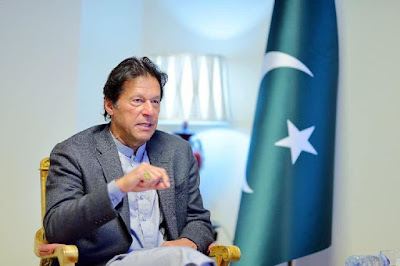

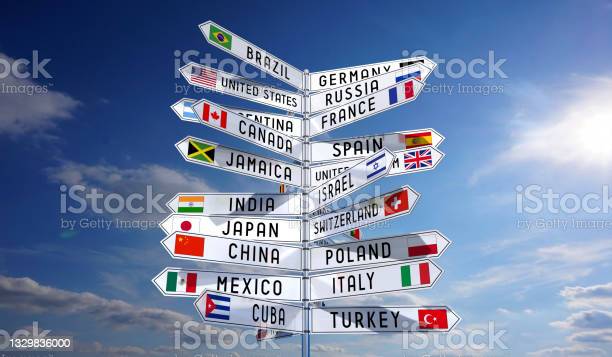
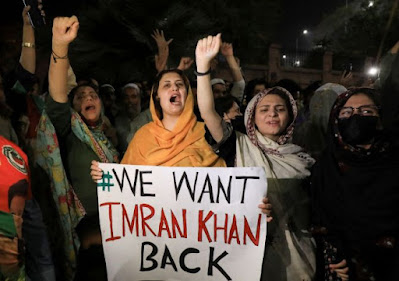
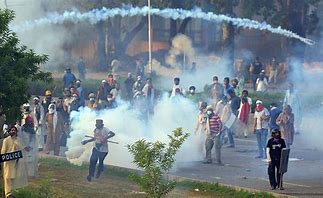
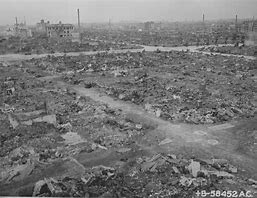
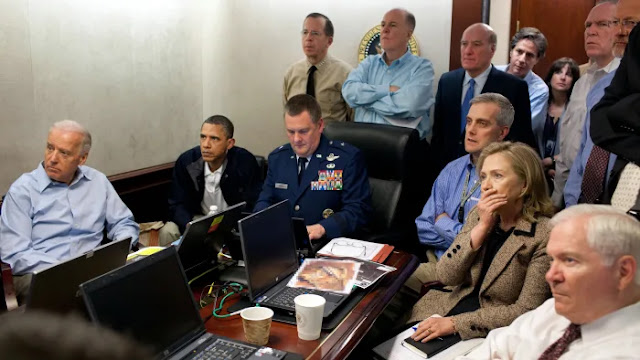
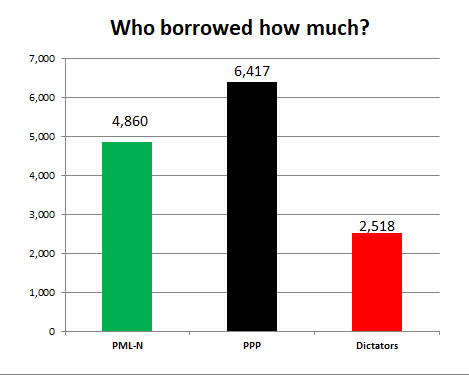
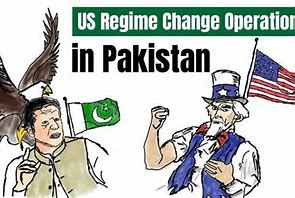
2 Comments